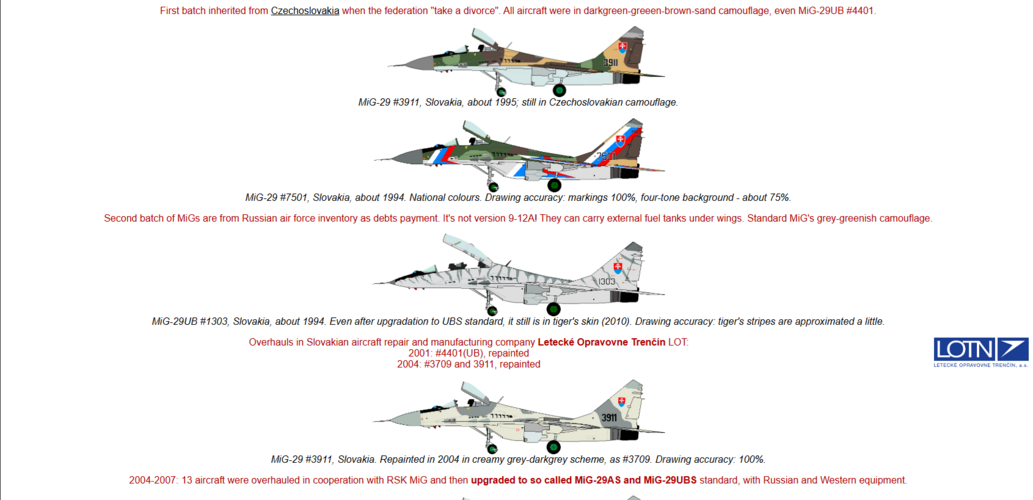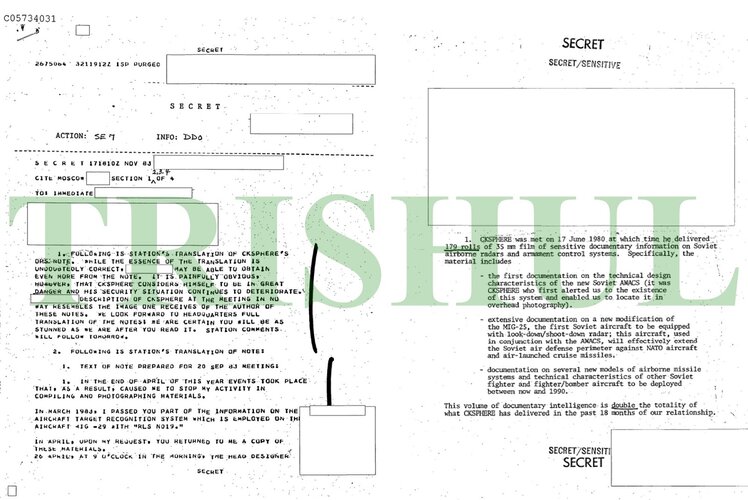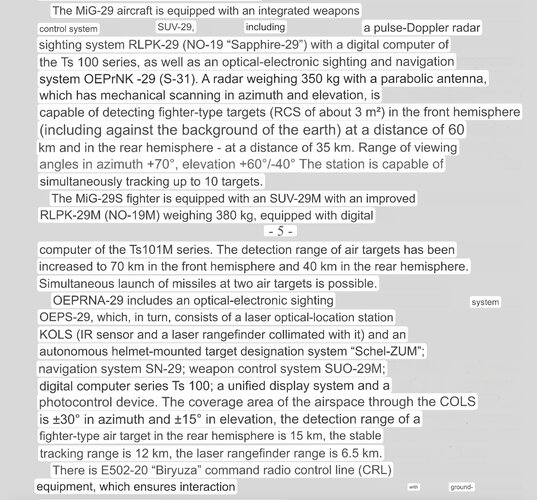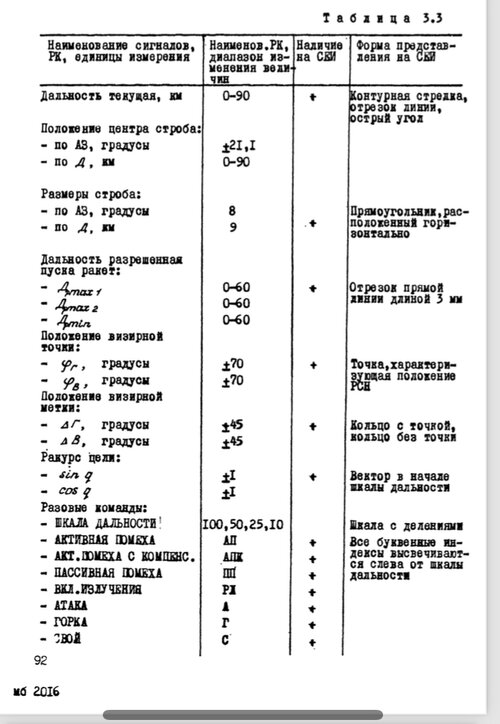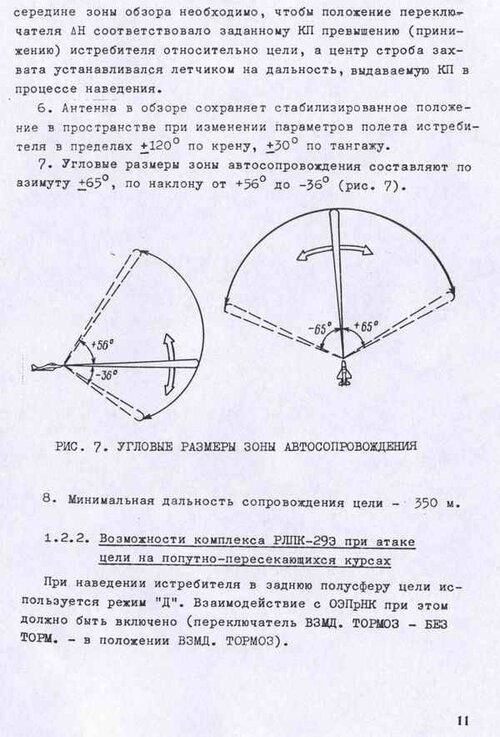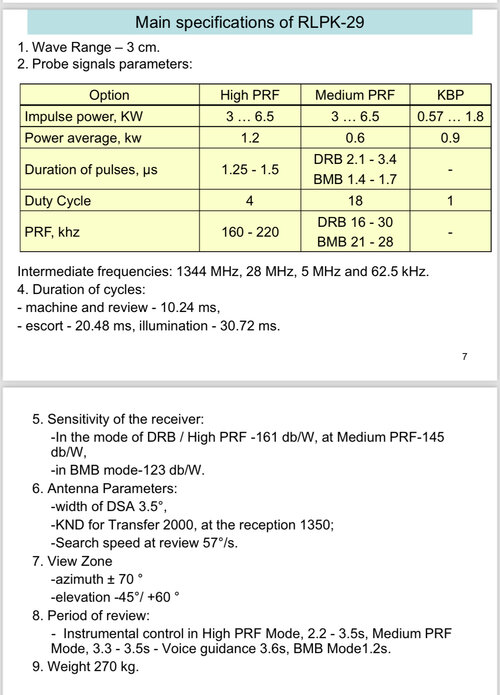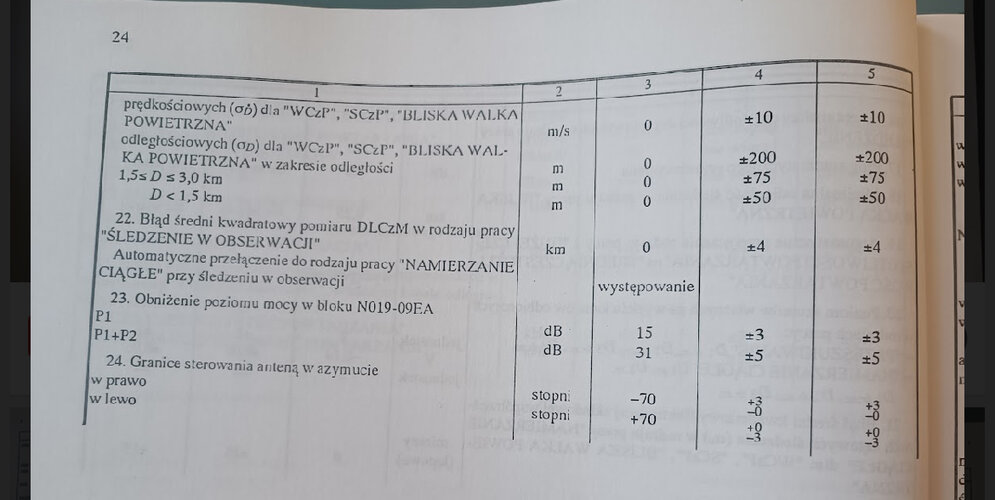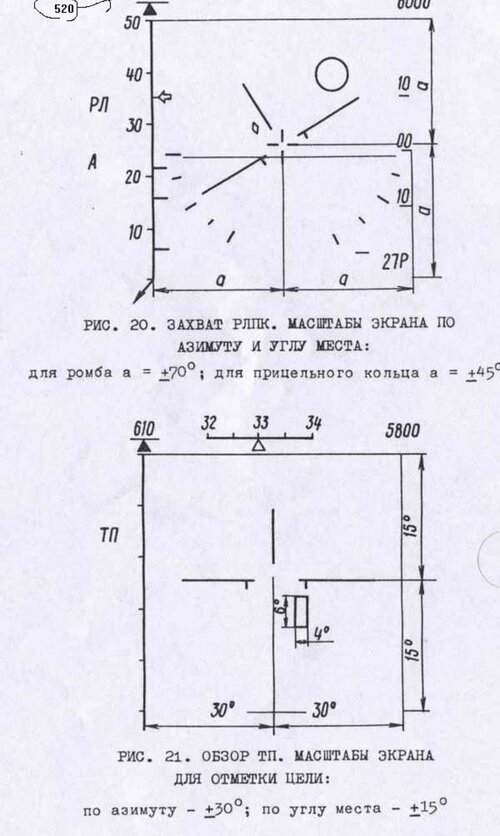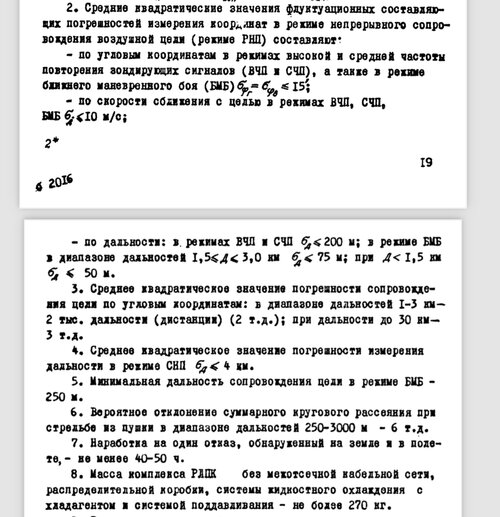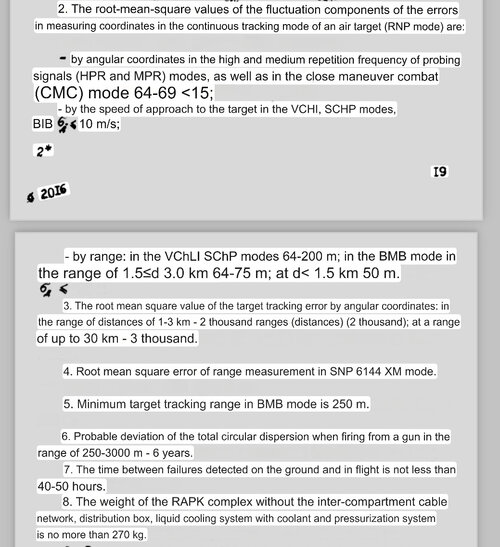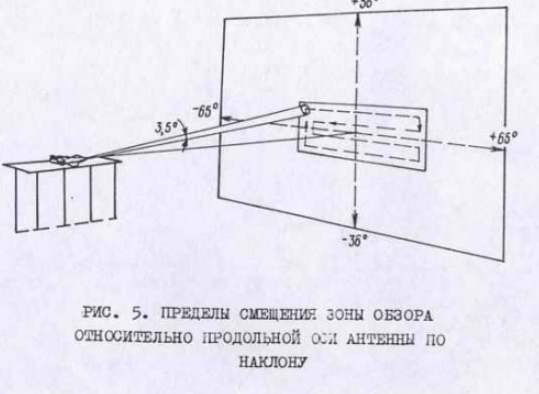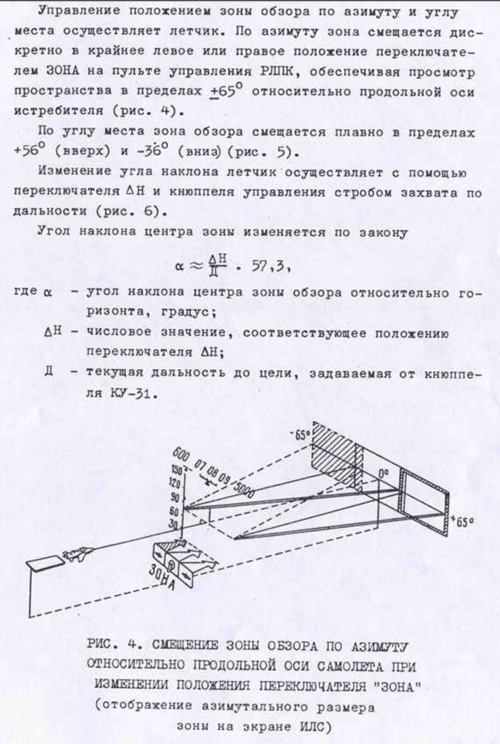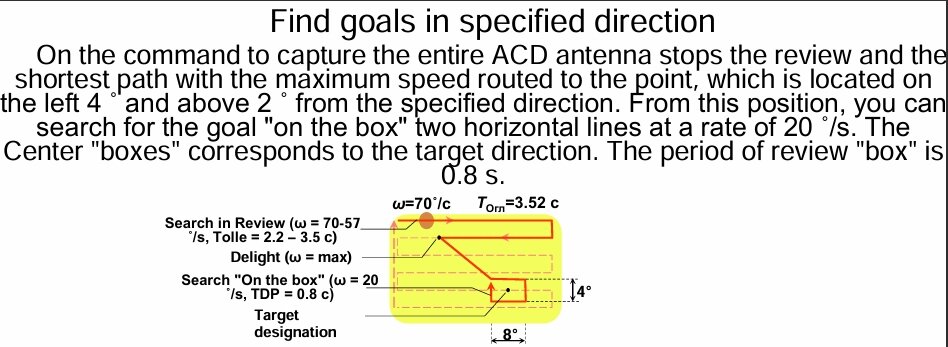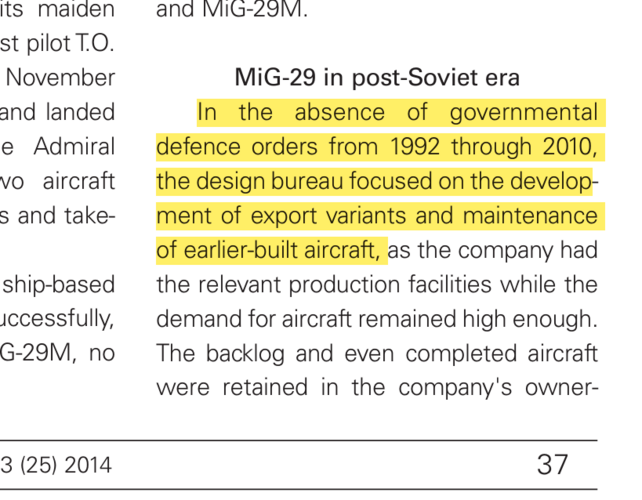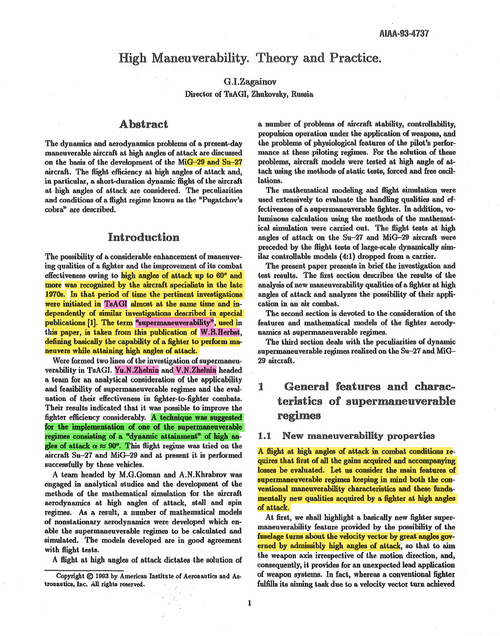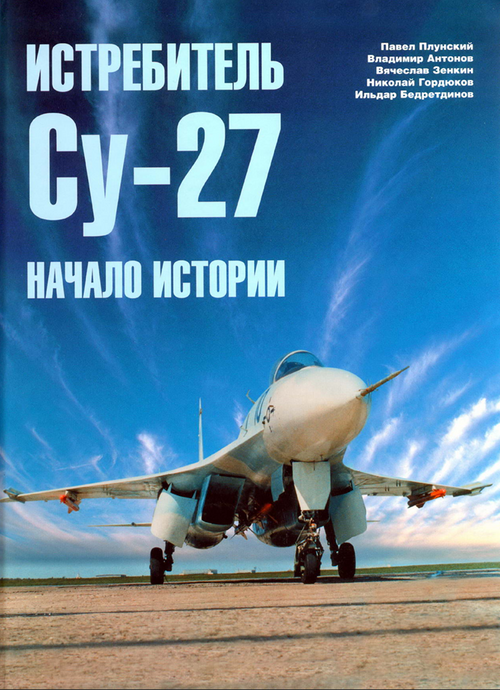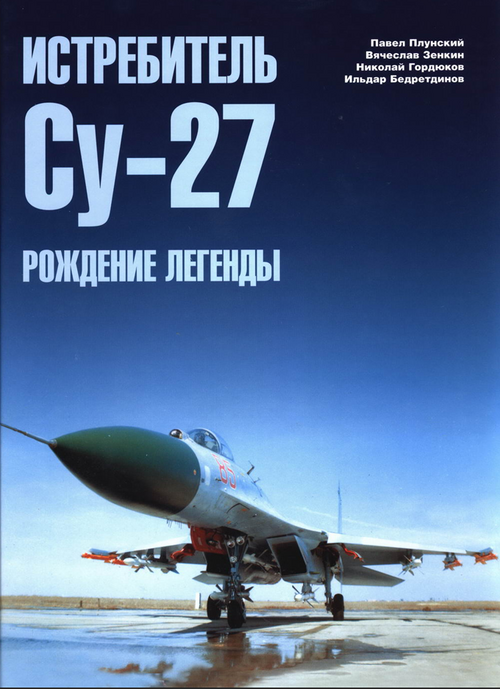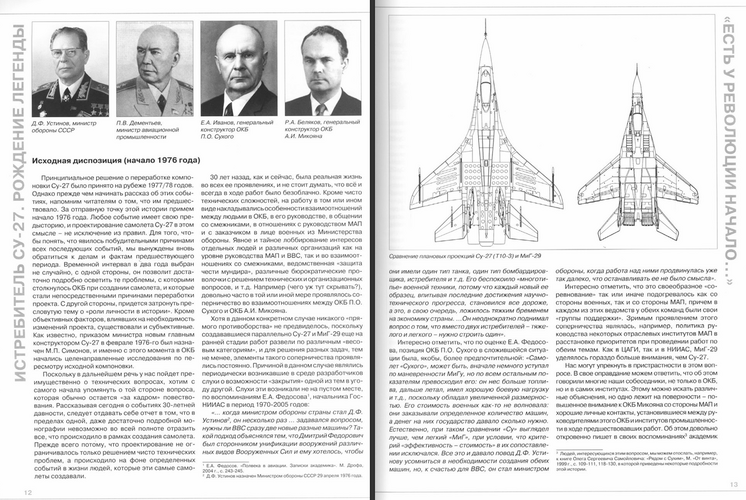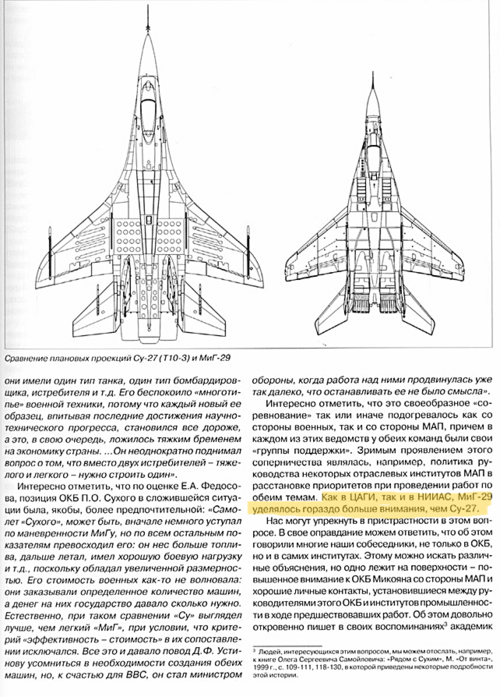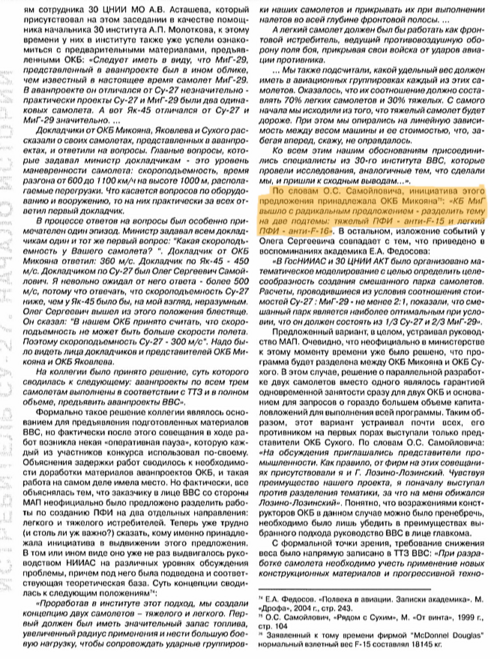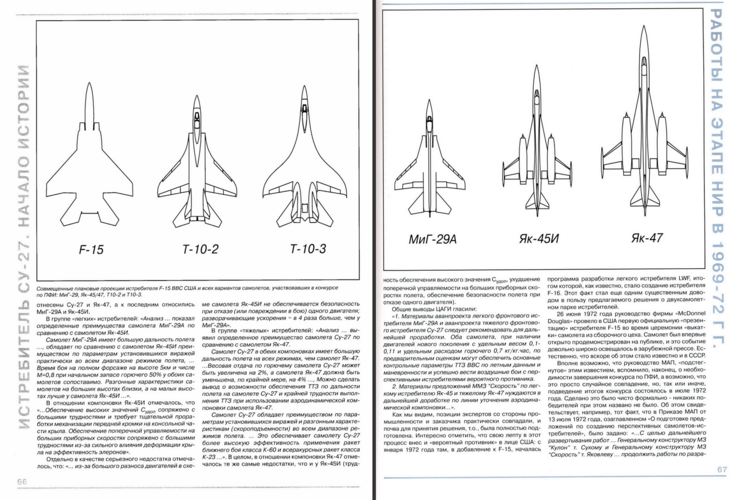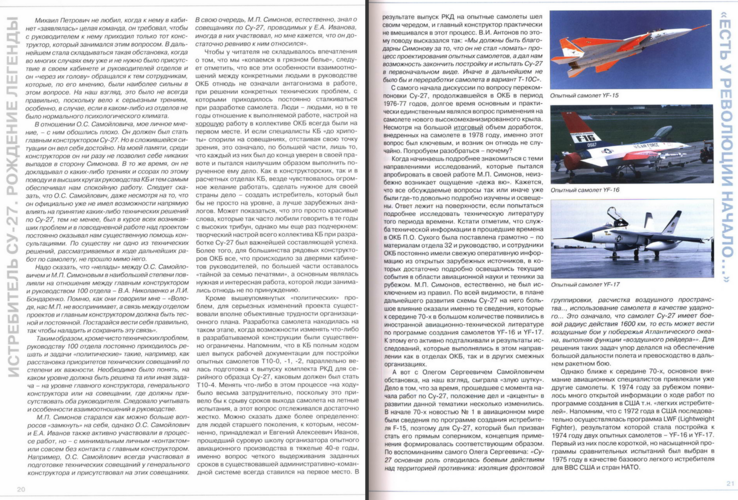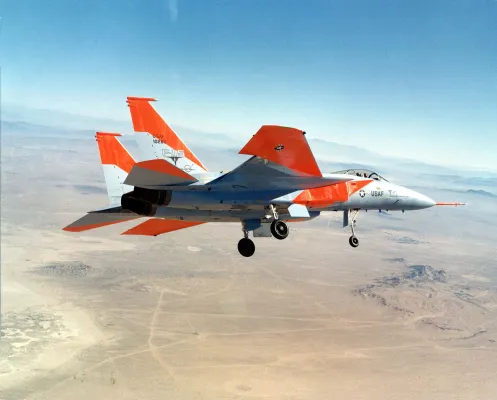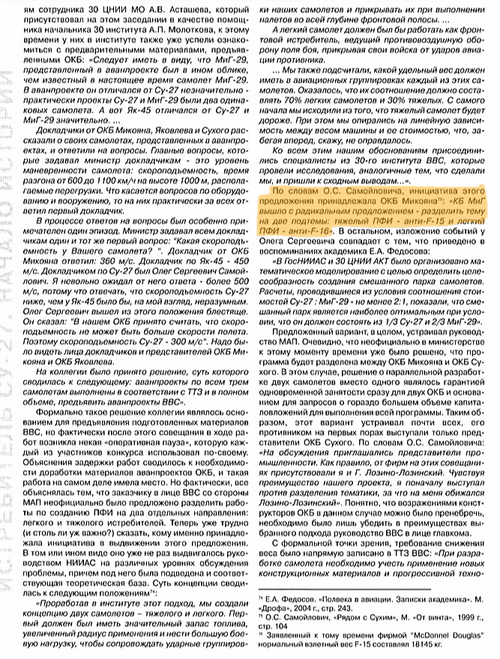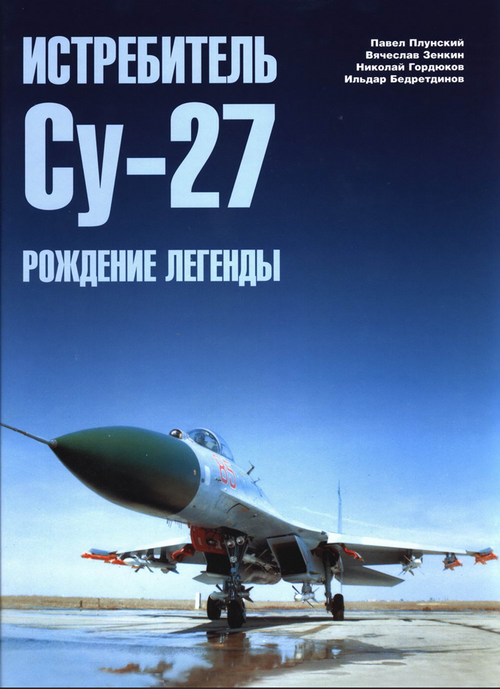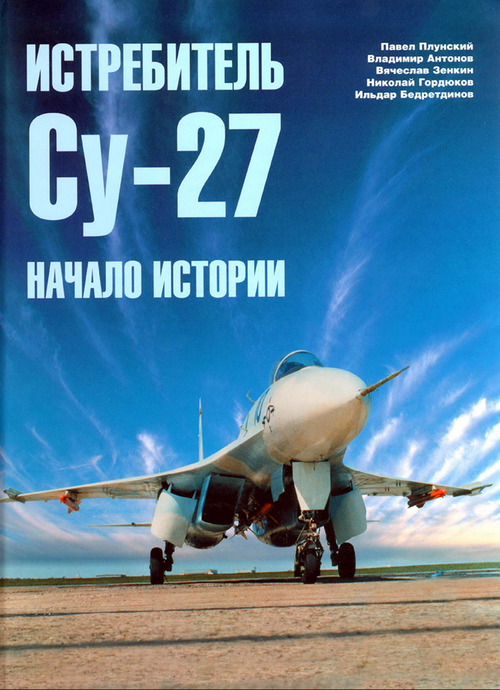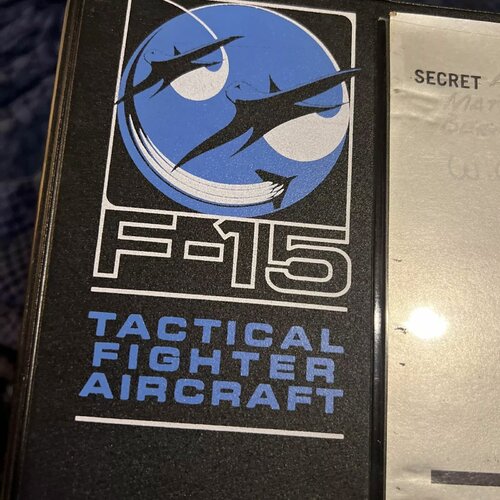Неизвестные страницы создания истребителя Су-27

nvo.ng.ru
30 years ago, in the summer of 1977, the T-10 airplane, which was supposed to become, but never became, the prototype of the now famous Su-27, took to the air for the first time. And the first flight of the T-10C, the prototype of this fighter, was a little over 26 years old in the same days. Georgy Byushgens, Academician of the Russian Academy of Sciences, recalls how the famous Su was created and the complexities of the design work on it. In those distant years, he was the first deputy director of the Zhukovsky Central Aviation Institute.
Translated with DeepL.com (free version)
FOLLOWING THE EAGLE
- I'll start a bit from afar,” Georgy Sergeevich began his story. - Somewhere in the late 60's we had information that the Americans were creating a new maneuverable and supersonic fighter, which is now known as the F-15 Eagle. They worked very intensively on it, and in 1972, I think, the first flight of this airplane took place. By that time we had already received some information materials about it. But it was far from complete. The appearance of the Igla was unknown to us. Nevertheless, TsAGI began preliminary studies of this type of combat vehicle.
And it should be said that in 1967 we produced the MiG-23 fighter with variable wing geometry. It had just been put into production. And here is a new task - to understand what is the F-15, what are its advantages and what we can and should oppose it. First of all, in relation to the MiG-23. This work involved not only us, TsAGI, but also the Ministry of Aviation Industry - its head at the time was Pyotr Vasilyevich Dementiev, the military, leading designers, design bureaus. The Minister convened a scientific and technical council.
I, as a representative of TsAGI, reported our concept. It was based on the scheme of a trapezoidal wing with a deflected toe. We discovered a very interesting thing. If we make a sharp root swell on the wing, a kind of pointed profile, a powerful vortex is induced there. In this vortex, a rarefaction is created, which is located above the wing. It induces a tremendous lift force. One and a half times more than usual. That's the effect we've proposed to weaponize.
And in order for the wing to work at high angles of attack, we proposed to make deflectable spouts on the rest of the wing. That is, to adjust the profile so that it flowed from the nose without breaking off the flow. And we succeeded. As a result, if we omit other technical details that are clear only to experts, with a large lift force we have as sharply reduced drag. This means that at the same thrust that we had before, at high angles of attack, we received more lift and even greater maneuverability, could easily change the flight path at very high speeds.
TsAGI proposal to use this effect in the creation of new fighters repeatedly sounded and at meetings of the Presidium of the Ministry. At these reports, in addition to Dementiev, were present Air Force Chief Air Marshal Pavel Kutakhov, his deputies and, of course, the general designers - Pavel Osipovich Sukhoi, Artem Ivanovich Mikoyan, and when he was gone, Rostislav Apollosovich Belyakov, Alexander Sergeevich Yakovlev. Based on the discussion of that concept, we decided to apply to the government with a request to prepare a decision to start work on a new maneuverable fighter. We were supported by the Military-Industrial Commission under the USSR Council of Ministers. Its chairman at that time was Leonid Vasilyevich Smirnov.
The MIC issued a relevant decision, and our minister issued an order instructing three general designers, Mikoyan, Yakovlev and Sukhoi, to make a proposal on the design of the future fighter. It turned out to be something like a competition between them.
TsAGI then worked very actively with MiG, offering them the very wing that we had developed. And they accepted it. And Sukhoi had its own vision of the new wing. They came to their decision, which seemed doubtful to us. This doubt was the following. If we formed the same vortices only in the central part of the wing with the swell, then the deflected toe protected the rest of the wing from tears. And they decided to make a sharp edge on the entire wing, that is, to specifically form vortices and tears. When going to large angles of attack, as it was later discovered, there was shaking and oscillations of the entire airplane. All this was confirmed during flight tests.
But before that, Sukhoi persistently defended their, in my opinion, erroneous position. In the picture, which I give you, schemes of projects that were discussed at scientific and technical meetings. The first one is the Mikoyan-Belyakov airplane, proposals on our joint concept, then the Yakovlev fighter, which did not pass the tender because the engines were separated. And if one of them suddenly stopped, the airplane could not keep its balance in flight. And the third picture is the Sukhoi project. Its wing is called “gothic”. It is without mechanization of the sharp front curvilinear edge, which formed a stall.
TWO-PERSON COMPETITION
- At all these meetings, we argued a lot about whose project was better,” says the academician. - But we never came to an agreement. Each of the general managers went their own way. TsAGI began intensive work with their models in wind tunnels. The best situation was with the Mikoyan Design Bureau. The idea of a sharp central swell and deflected noses on a trapezoidal wing with a straight edge, in my opinion, they were brilliantly implemented. We tested the “MiG” model at various modes in the wind tunnel for several thousand hours.
And we have unique wind tunnels. There is a working part of more than two meters. We could put a very large model there, on which all the details of the real flight of a maneuverable fighter, stall modes, performance of aerobatics┘ The power of our wind tunnels, for example T-128-th, is more than 100 thousand kilowatts.
- What does 100,000 kilowatts mean for a wind tunnel? - I asked the academician.
He explained it to me using a very simple example.
- Do you have a kettle at home?
- Yes, I do.
- So the kettle has a power of 500 watts, half a kilowatt. And there are 200,000 kettles here. A whole power station. It worked for us and for Mikoyan and Sukhoi fighters.
- And although Sukhoi was developing a different concept,” continued Georgiy Bushgens, ”TsAGI specialists still helped him.
In 1977, the Sukhoi T-10 fighter was the first to take to the air. It was piloted by test pilot Vladimir Ilyushin. He flew in and said: “You know, it's no good. The slightest increase in the angle of attack - and such a shaking starts, which is unacceptable for a fighter maneuver. We have to do something.”
That was the middle of '77. A few months later, in October, the MiG-29 took off. The test pilot on it was Alexander Fedotov. He came back to the airfield and said: “Everything is very good”.
- There was a significant weight difference between the T-10, or Su-27, and the future MiG-29,” the NVO journalist noted.
- Yes, there was a difference. MiG-29 is somewhat lighter, it is designed for engines of lower thrust, about 7.5 tons, and Su-27 is heavier, it has a thrust of 10-12 tons. For each engine. So the airplanes differed in terms of weight. There were disputes over that too.
- What kind of disputes?
- The fact is that the general designers had different concepts for creating fighters. And not only in terms of the wing. Belyakov, for example, believed that it was necessary to make a lighter machine. Sukhoi believed that a heavier one should be made. Why? Probably because, as I understand, the territory of our country is large, and it is necessary to have a machine with a longer range, longer flight time, to protect a larger space. One of the generals focused on frontline operations, which are shorter in length and require a shorter flight range. The other swung toward operational-strategic operations. He needed more powerful machines. And from the very beginning, the Air Force did not know what kind of machine they needed, they were choosing which one would be better.
At some point we suddenly found out very clearly what a supersonic and maneuverable fighter F-15 Eagle was. We became aware of its real parameters.
- How did you find out?
- Well, first intelligence got the information. And then the Americans published it themselves. Then they showed this airplane at the Le Bourget exhibition. I have a photograph of Rostislav Belyakov standing in front of the Igla. We even encouraged him: make it so that Americans would consider it an honor to be photographed near your plane┘.
At a regular meeting with Minister Dementiev, the question arose: why make two airplanes? And which one should be favored? Marshal Kutakhov and his deputies judged and argued - and they already knew that one was going well and the other was having difficulties - but they did not express their opinion. And then Gleb Lozino-Lozinsky, Deputy General Designer from the Mikoyanov company, came up and said: “Comrades! Let's make two airplanes after all. One will serve the front zone, and the other - to make deeper raids”.
The military liked this proposal. The more the better for them. And everyone else liked this proposal too. Then Minister Dementiev asks: “Well, how many should be made of one and the other? It is very important for me to know this so that the factories start preparing tooling and how I can load them┘”
That was the system then. The airplane was still being made, designed, had not yet undergone flight tests, and the factories were already preparing the series. Fittings for it, blanks and so on. But none of those present could answer the minister's question at once.
True, some scientists - these were representatives of the GosNIIAS (State Research Institute of Automatic Systems, headed by Academician Yevgeny Fedosov) - scratched their heads and said: “Two-thirds of the Su-27, i.e. the heavy ones, should be made, and one-third of the light ones, the Mig-29. Out of the total number.”
I raise my hand and say, “It's strange that we make more battleships than cruisers.”
Dementiev remarks: “Yes, comrades, you've said something unbelievable here. Think about it for a while and then tell us”.
At the next meeting, representatives of GosNIIAS proposed: “We have calculated and came to the opinion that in combat conditions need exactly two-thirds of light and one-third of heavy”.
Dementiev supported them: “This is more like the truth.”
As a result, it was decided to produce both machines. The MiG-29 went straight to production, but the Sukhoi was a mess. The question arose: what to do? And at the end of 1977, and the first flight of the T-10, I remind you, was in the middle of the year, a mock-up committee met. We had such a procedure - handing over the preliminary design, presenting it to the customer. It is exactly what takes place at such a commission. The military - generals, colonels, industry representatives - gather and discuss whether or not to accept the proposed “product”.
I did not speak at that mock-up commission. Mikhail Simonov reported on the Su-27 project, although Evgeny Ivanov was the General Designer of the Sukhoi Design Bureau at that time, and Simonov was the chief designer of this vehicle. He was still at the Design Bureau at that time, and then he went to work for the Ministry. And I did not speak because I realized that I would not be able to approve the work of the Design Bureau, and if I started to say something against it, there would be problems. It is not excluded that they will decide to close the project. And before the meeting, I approached the head of the commission and suggested that he accept the preliminary design, approve the layout, and the wing to redesign in accordance with the recommendations of TsAGI.
Such a decision was formulated.
GEOMETRICALLY SIMILAR
In the same days, Sukhoi issued a brief report on Vladimir Ilyushin's test flight of the T-10. I received this report as an official document and when I saw the pilot's conclusion that the airplane was not suitable in the configuration in which it was designed, I reported to my superior that I was going to the Minister of Aircraft Industry and would insist that an order be issued to redesign the wing. Director of TsAGI Georgy Petrovich Svishchev agreed with me, and I went.
Petr Vasilyevich Dementiev had died by that time, and the Minister was already Vasily Alexandrovich Kazakov. I went to him and said: “So and so, you can't produce such a car.”
He said: “Are you crazy? I have slipways at my factory. We have already started to make billets. And you say it's no good. Can you imagine what will happen?”
I insist: “Vasily Alexandrovich, you can't do otherwise. You'll produce an airplane that will be unusable.”
He immediately called Ivanov, who was the general designer of the Sukhoi Design Bureau. He arrived, and Kazakov asked him: “Do you agree with TsAGI's point of view? Do you agree to redesign the wing?”
Ivanov twisted around a bit, fidgeted and said, “What can we do, Vasily Alexandrovich, we have to redesign┘”.
Some time later, it was the beginning of '78, Kazakov issued an order that it was necessary to redesign the wing in accordance with the recommendations of TsAGI. And we made a decision: to take as a basis what had been done on the MiG-29 as already tested and start work on the Su-27 redesign.
- One fighter is lighter, the other is heavier, how can they have the same wing? - I ask the academician a question.
- It's geometrically similar. Only on a different scale. But the formation is practically the same. The profiles are the same, the deflected spouts, the swells┘.
This work on redesigning the wing, associated with the development of the entire airplane, lasted almost 3.5 years. Of course, other things were also done during this process. They are described in some books in some detail. Oleg Samoilovich, then Deputy General Designer of the Sukhoi Design Bureau, a very clever designer, told us a little about it. He was considered Pavel Osipovich Sukhoi's right hand. They made great efforts to “squeeze” the volume of the fuselage. For this purpose, for example, they had to transfer from the engines, which were made at the firm of Arkhip Mikhailovich Lyulka, all kinds of auxiliary mechanisms - dynamos, pumps for hydraulics - located on the upper part of the fuselage, under the body of the machine.
- I remember, Simonov, - inserted a replica of the journalist, - so narrated the reaction of Lyulka to this proposal: “You, Mikhail Petrovich, come home and tell your wife to throw her tits on the back┘”
- Yes. At that meeting, where Simonov's proposal was made, this drama with Arkhip played out. Lyulka was a strong, wiry man, he first refused all the proposals, and then he was, as they call it, pressed. Especially since his fuel consumption was high, and he was also pressed on this parameter.
- Was Simonov already the general designer at that time?
- No, Simonov was still the chief designer and continued to work on the Su-27. The first version of this airplane with a “gothic” wing, as we have already mentioned, took off in mid-1977. The General Designer, I repeat, was already Yevgeny Ivanov at that time. At the end of 1979, when Silaev, who was Kazakov's deputy, left for another ministry, Simonov was appointed Deputy Minister of Aircraft Industry. And he left the firm. Nikolai Kolchin, a very good guy, was appointed chief designer of the Su-27. We worked with him. Our joint work ended with the first flight of the new, redesigned airplane only in early 1981. Simonov was not at the firm at that time.
- But as deputy minister, Simonov must have supervised this work?
- Probably. He was deputy minister for light aircraft. And apparently he did not leave his airplane without attention. But what I want to emphasize is that all these years I never saw Simonov in our institute. All TsAGI contacts were first with Pavel Osipovich Sukhoi, then, when he died, with Ivanov and his assistants - Kolchin, Samoilovich, Chernov (he later died tragically in a car accident)┘ Even after the first flight, which took place in 1981, TsAGI's research on the Su-27 continued. I will tell you why.
Academician Büschgens takes a model of the Su-27 in his hands and shows it:
- Here is where the sharp swell ends, and this is the deflecting nose. It turns out that the place of their convergence affects the stability of the airplane, the efficiency of its control. And to answer the question of where to choose the point of convergence of the swell and toe can only be answered after serious research. Theoretically it is impossible to determine this. Only in a wind tunnel. And the stability of the path affects the ability of the fighter to keep a given course. Deviation of the toe by, say, 15-18 degrees affects the stability of the machine at high angles of attack. And the details of this mode have to be figured out in the tube.
There are a lot of such interactions, cross-influences. Here, for example, the air intake. To build it correctly is also a whole epic. The task of air intakes at high speeds, when you go beyond the speed of sound, is to slow down the air flow to sonic speeds. The engine just doesn't work in supersonic flow. And the intakes have to act like that to slow down the airflow when needed. And not just to slow down, but to slow down with the least loss of speed so as not to add drag and not to reduce thrust. And all this requires an elegant approach, appropriate theory, calculations and tests, experiments. Thousands of hours in the wind tunnel and special tubes.
When the pilot increases the angle of attack, he must know how the engine will work in this mode. If he decides to go into a dive, to negative angles of attack, how will the air intake work here? And how will it react to the glide? In short, the search for answers to these questions requires gigantic work. And it is going on. No designer with his fantasies can come up with anything here, because this is a whole separate science, on which we have a very large laboratory (the number of its employees used to exceed a thousand people, now there are about 250). Special equipment, and so on and so forth....
DESIGN FAIRY TALES AND PATENT TALES
- In some newspapers,“ notes Academician Büschgens, ‘one can read that ’employees of the Sukhoi Design Bureau used to come to TsAGI at night, when no one was present and the Institute's management had gone home, and blow their models in our pipes”. But these are fairy tales. The work on testing the new look of the Su-27, as I have already said, lasted more than three years, you can't do anything here at night, no stranger can get in here, he will just be detained by the security guard┘.
Besides, to put a model in the tube, you have to go through a rather long procedure. We have a special set of measurements: what is the profile of the model, what is its height, width - all its geometry is “run” through the computer. All this is reproduced and controlled. We cannot put a “cat in a bag” into the pipes - it is extremely expensive. I told you the capacity of the pipes - 100 thousand kilowatts. The test program is approved by the authority, the leading engineer passes the head of the laboratory, the latter comes to me. The queues were enormous, there were so many design bureaus, so many people who wanted to conduct our research - it was impossible to do it secretly.
- This is a newspaper, a simplified approach,” I try to defend my colleagues' publications.
- It is possible to simplify,” Georgy agrees, ”but to a certain extent. You can't distort the essence of the case. The work has been going on for years, not overnight. Those people who give journalists distorted information distort the truth for a purpose, and newspapers and their readers are the victims of these distortions.
Why does this happen?Because victory has many parents, only defeat is an orphan. During the work on the Su-27, its designers, chief designers and even the general designer changed many times. Various conflicts took place between them. Someone came, someone left. Someone died. I have already named some names. After the death of Yevgeny Ivanov, Mikhail Simonov was appointed to the position of general designer. And all the work on developing the geometry and contours of the Su-27, which has already become one of the best fighters in the country, was formalized in the form of a patent.This patent officially included me from TsAGI, the head of the second department Vitaly Mikeladze (unfortunately, he recently died) and the lead designer on the aircraft - he carried out all this research work - Georgy Yakimov, a doctor of science, by the way... From the OKB side, there were all the participants in the work on the geometry and appearance of the final version of the Su-27. Among them are Evgeny Ivanov, Valery Nikolaenko, Leonid Bondarenko, Vladimir Antonov, Leonid Chernov, Oleg Samoylovich, Mikhail Simonov, Stanislav Kashafutdinov (he represented SibNIA).
This 1996 patent protects the geometry of the Su-27 fighter, which determines its flight and technical characteristics and piloting performance. At the same time as this patent, patents (in the same composition) were issued in the USA, Germany, Great Britain, France and other countries. That same year, the authors transferred the ownership of their patent to the Sukhoi Design Bureau Directorate.A few months later, an application was filed and at the end of 1998, Mikhail Simonov and his colleagues issued a new patent "for a utility model". Other names appeared there. "Our geometry was used," says the academician, "but without references to our patent, although the new one contains many additional details on the design, instruments, and weapons. And then a third patent for the Su-27 appeared with the same geometry, but in the name of Simonov alone.“No one is going to deny his personal role and that of his colleagues in the creation of the design, defense weapons, organization of technologies and the entire production,” Georgy Byushgens told me. “But why ignore the participation and role in this work of others who created the foundation for the success of the Su-27 in the form of the aerodynamic configuration, why keep silent about the role of TsAGI?”
